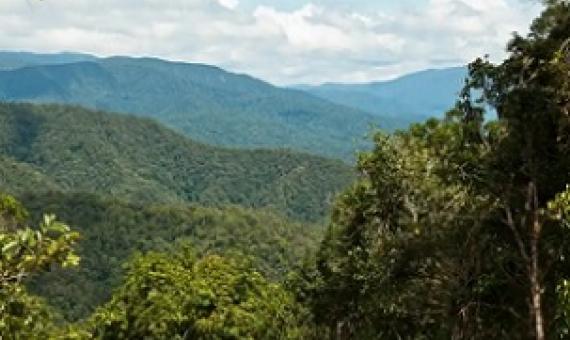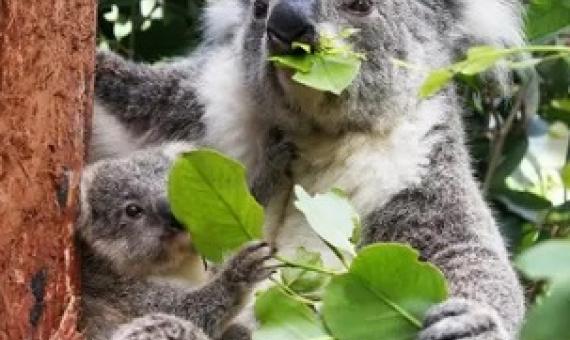Our understanding of the biodiversity on Earth is unbalanced and biased towards certain species within the Tree of Life, according to a new study.
When people leave their rural lives behind to seek their fortunes in the city or agriculture is no longer profitable, the lands they toiled on are often left unused.
Machine learning prediction of connectivity, biodiversity and resilience in the Coral Triangle
Even optimistic climate scenarios predict catastrophic consequences for coral reef ecosystems by 2100. Understanding how reef connectivity, biodiversity and resilience are shaped by climate variability would improve chances to establish sustainable management practices. In this regard, ecoregionalization and connectivity are pivotal to designating effective marine protected areas.
The Policy Implications of the Dasgupta Review: Land Use Change and Biodiversity
The “Dasgupta Review” of the economics of biodiversity (Dasgupta 2021) identifies many factors that threaten the ecological sustainability of our economies. This article examines how two policy failures - the underpricing and underfunding of nature – influence global land use change and terrestrial biodiversity loss. If natural areas are priced too cheaply, then converting them to agriculture, forestry and other land uses is less costly than protecting or preserving habitats. Underfunding nature further reduces the incentives for conservation and restoration.
The story of the biodiversity crisis starts with a cold-case murder mystery that is tens of thousands of years old.
Promoting Synergies Between Climate Change Adaptation and Biodiversity
This technical brief is a joint collaboration with the Nairobi work programme expert group on biodiversity and climate change adaptation and has been published as a supplement to the NAP technical guidelines. It targets country-level Convention on Biological Diversity and United Nations Framework Convention on Climate Change focal points and technical staff of ministries who are engaged in the planning and implementation of NAPs and NBSAPs.
The Samoa Government has endorsed the Pacific UN Sustainable Development Cooperation Framework 2023-2027 with Prime Minister Fiame Naomi Mata'afa signing the framework...The Framework will contribute to a Pacific region where all people, leaving no place behind, are equal and free to exercise the
Mainstreaming Biodiversity in Forestry
Forests are host to most of Earth’s terrestrial biodiversity. The conservation of the world’s biodiversity is thus utterly dependent on the way in which we interact with and use the world’s forests. The role of forests in maintaining biodiversity is also explicitly recognized by the United Nations Strategic Plan for Forests 2017– 2030 and in the ongoing discussions around the forthcoming post-2020 global biodiversity framework under the Convention on Biological Diversity (CBD).
Not all species are created equal. Some are more important than others. So how do we choose what to protect? Biodiversity is vital for a healthy environment and a healthy planet. Every plant and animal has a role to play to keep its ecosystem healthy.
A Contrast of Criteria for Special Places Important for Biodiversity Outcomes
This paper contrasts seven spatial biodiversity conservation area designations by six different bodies: Other Effective Area-Based Conservation Measures (OECMs), and the Ecologically and Biologically Significant Areas (EBSAs) of the Convention on Biological Diversity (CBD); the Vulnerable Marine Ecosystems (VMEs) of the Food And Agriculture Organization (FAO); the Key Biodiversity Areas (KBAs) under criteria developed by the IUCN; the Areas of Particular Environmental Interest (APEIs) of the International Seabed Authority (ISA); the Particularly Sensitive Sea Areas (PSSAs) of the Internatio











